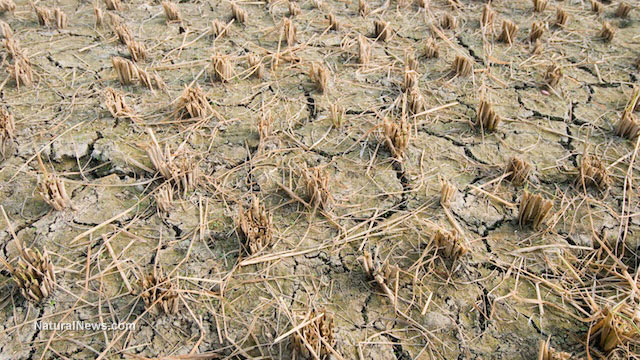
© Unknown
In America, a crisis is unfolding right under the public's feet. Water scarcity is beginning to creep into the Texas panhandle and the breadbasket region of the United States. A valuable aquifer that once provided water security is drying up beneath farmers' feet as drought-like conditions linger.
"This country became what it became largely because we had water security," says Venki Uddameri, Ph.D., director of the Water Resources Center at Texas Tech. "That's being threatened to a large degree now."
The vital Ogallala Aquifer is drying up, putting billions of people at riskThe Ogallala Aquifer, sprawled out beneath eight states in the heart of the US, is being depleted with mathematical certainty. Spanning 111.8 million acres and 175,000 square miles, this vital aquifer feeds the sophisticated agricultural region from South Dakota through Nebraska and Kansas to the Texas panhandle.
As NBC News recently declared,
"If the American Breadbasket cannot help supply ever-growing food demands, billions could starve.""The depletion of the Ogallala is an internationally important crisis," said Burke Griggs, Ph.D., consulting professor at Stanford University, stating how populations around the world rely on the agricultural production of the breadbasket region of the US. "How individual states manage the depletion of that aquifer will obviously have international consequences."
Parts of the aquifer have already dried up and receded. A farmer in the Texas panhandle named Lucas Spinhirne attests to this. Just a decade ago,
water flowed boundlessly under his farmland. By 2011, that water had all been pumped out, leaving Spinhirne only one source of water for his wheat and sorghum crops -- the rainwater from the sky.
"We try to catch anything that falls," Spinhirne said.
The
Ogallala aquifer has been used up at an unsustainable pace since the early 1980s when big agriculture began using automated center pivot irrigation devices. Once farmers started putting these devices into widespread use, the
Ogallala became a center for abuse, precipitously drained year after year. The Ogallala is unique; it cannot be replenished by surface water or precipitation. When it's used up, there's no more water to go around.
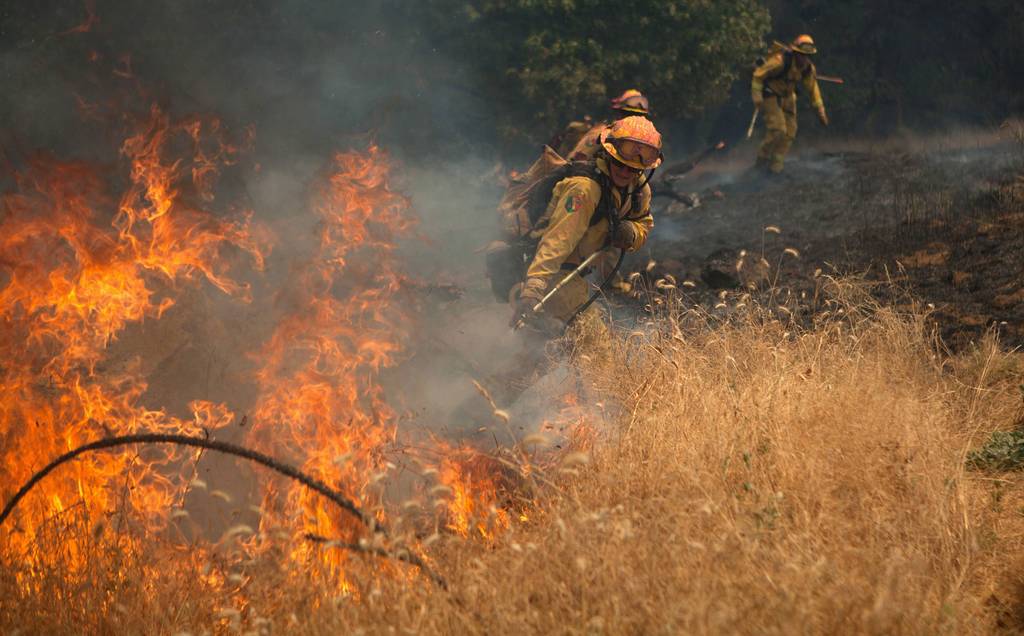
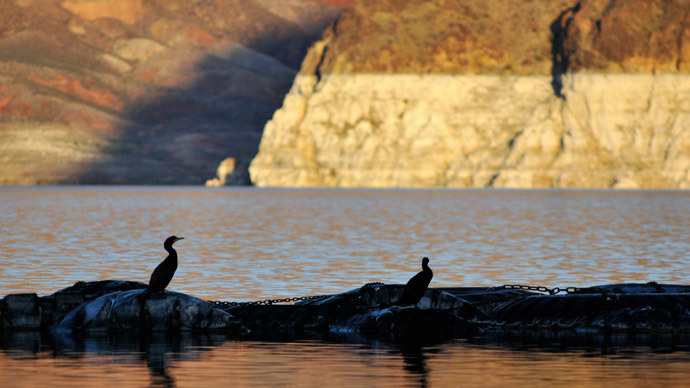

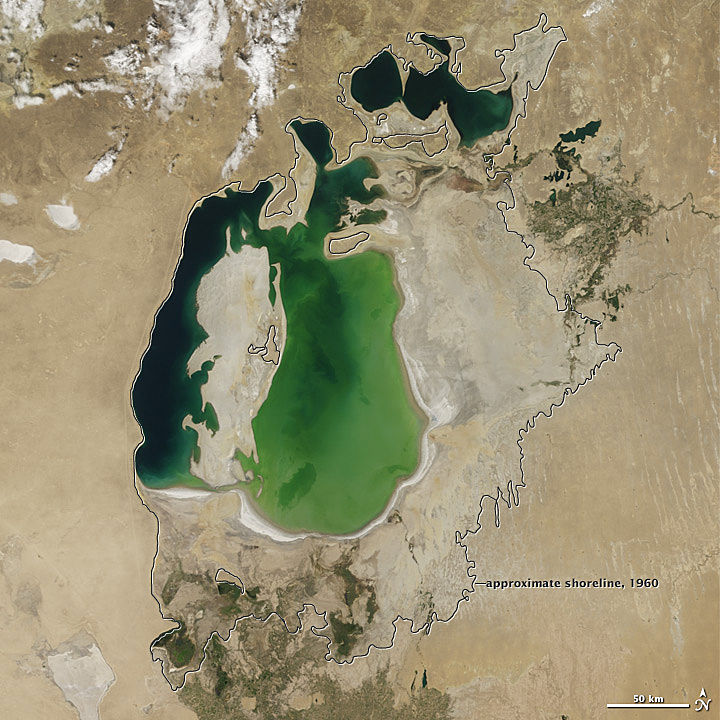

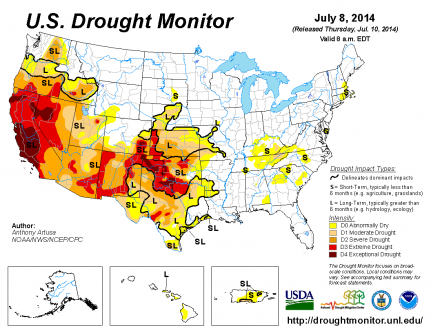
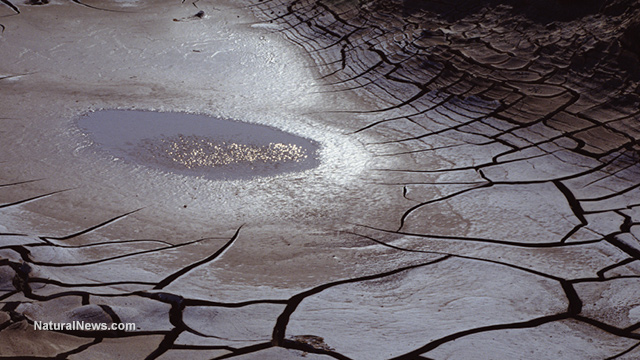
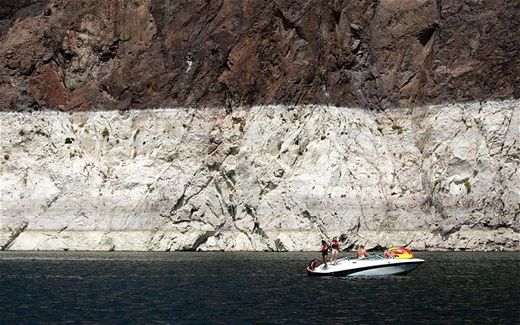
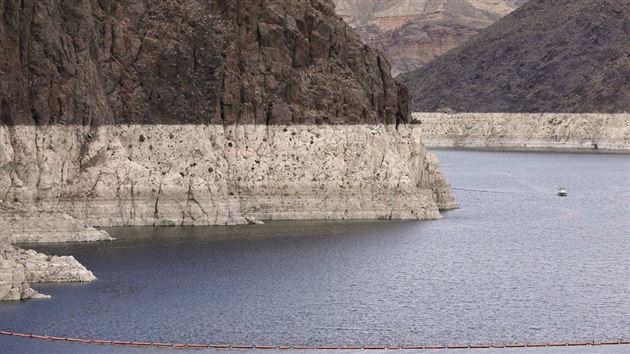
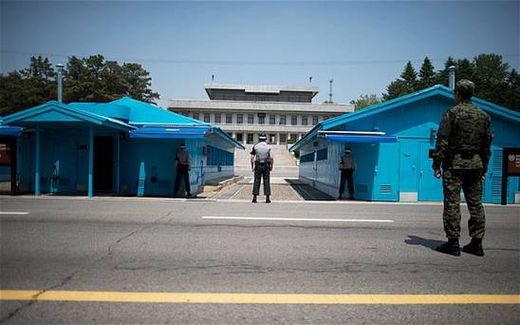



Comment: Typical of a capitalist mentality that is out of control: Blind focus on immediate profits at the expense of neglected essentials that ultimately will result in self-destruction.